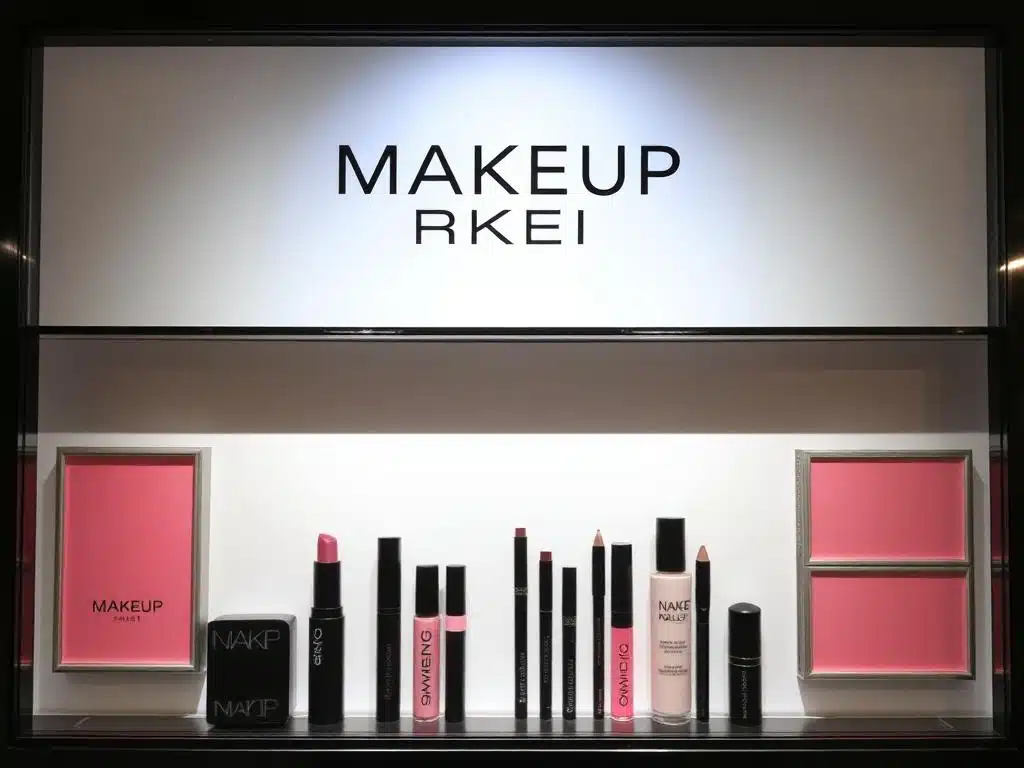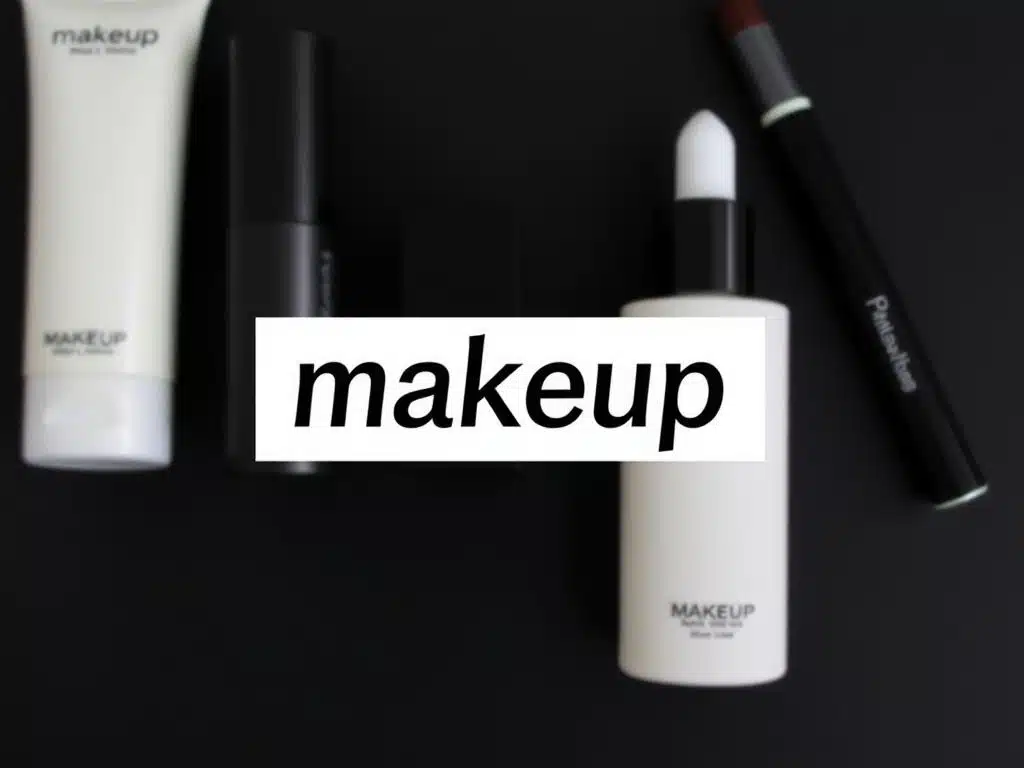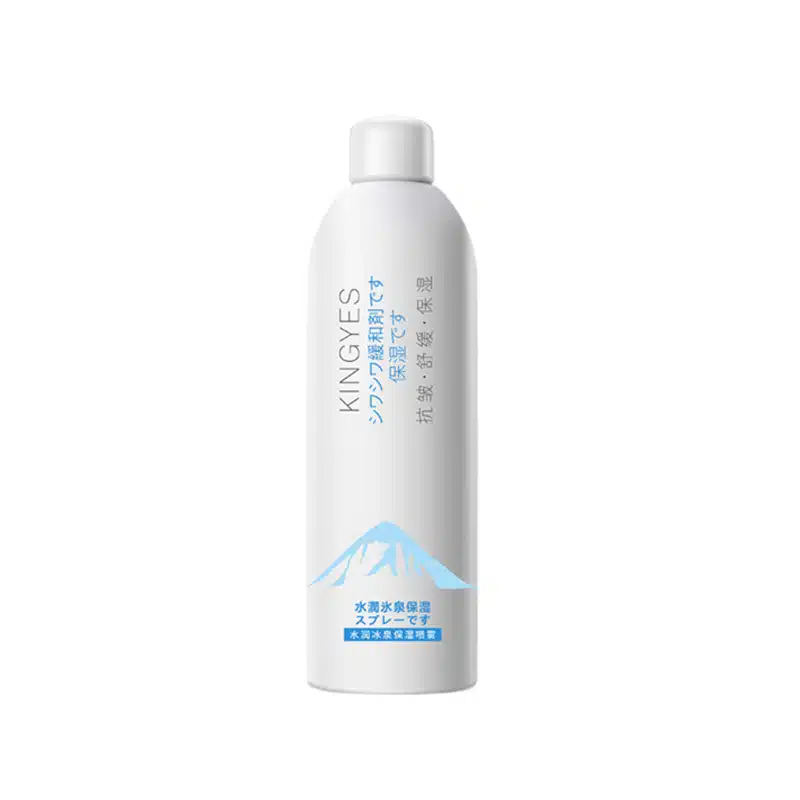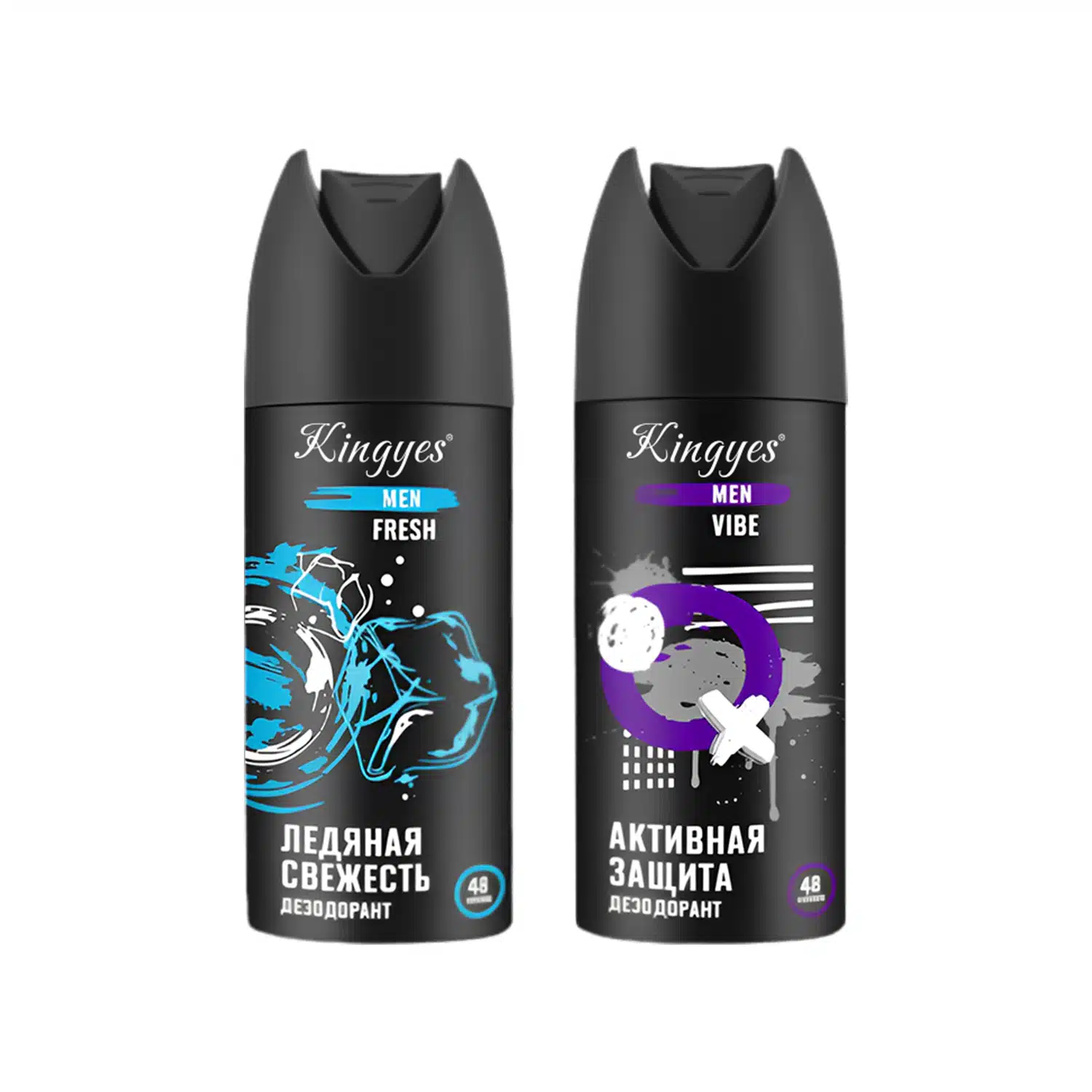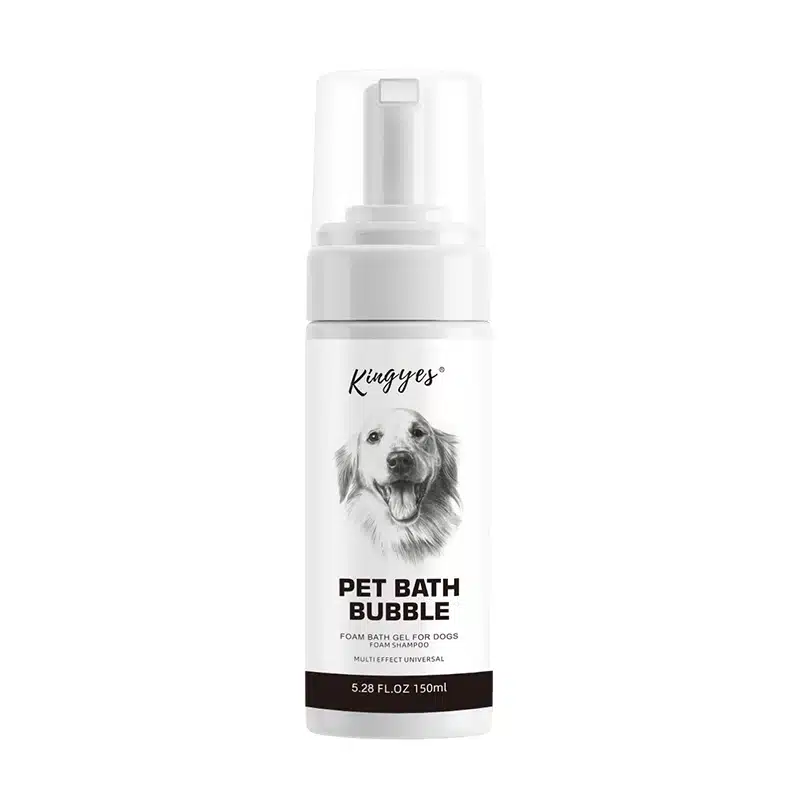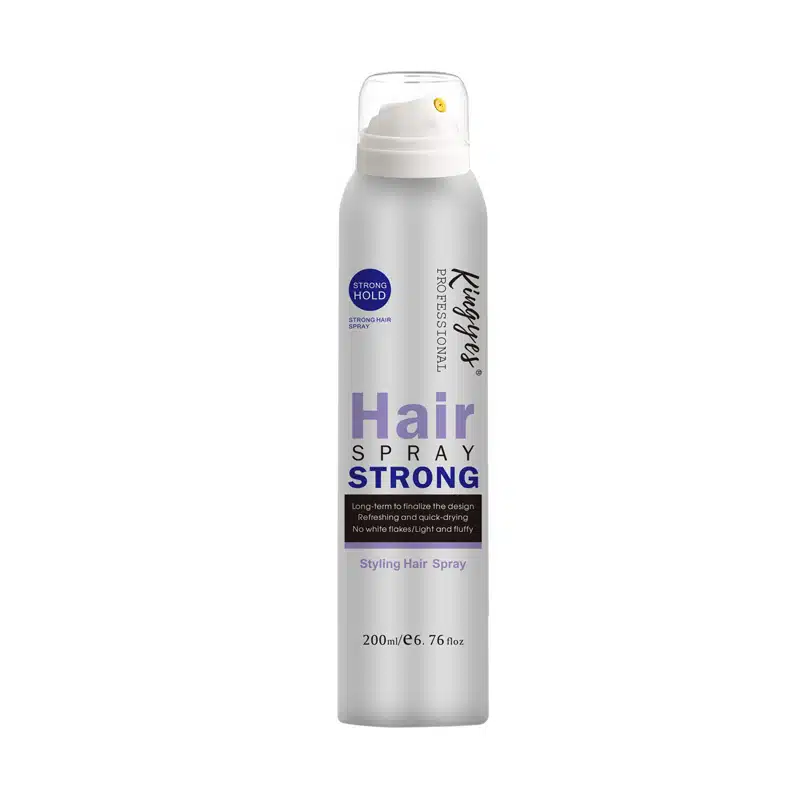
How Do I Create My Own Makeup Brand?
Table of Contents
Want to Launch a Makeup Brand? Learn How to Start a Makeup Line and Build a Successful Business
This comprehensive guide provides aspiring beauty entrepreneurs with a detailed roadmap on how to create and launch a makeup brand. From defining your niche and understanding your target market to navigating the complexities of private label manufacturing, setting up your online store, and effectively marketing your products, this article covers everything you need to know to turn your makeup business dream into a reality. Whether you’re a makeup artist, a beauty enthusiast, or an entrepreneur looking to break into the cosmetics industry, this article is a must-read if you want to build a strong brand, sell makeup online, and achieve lasting success in the competitive world of beauty and cosmetics. This article will teach you how to start a makeup line and grow your business.
1. Defining Your Niche and Target Market: What Makes Your Makeup Brand Stand Out?
Before you start a makeup line, the first step is to define your niche and identify your target market. The makeup industry is highly competitive, so finding a unique angle is crucial for the success of your brand. Ask yourself: What specific need or desire will my makeup brand address? Who is my ideal customer? Your niche could be based on a particular type of makeup, such as all-natural makeup, cruelty-free cosmetic products, or high-performance products for professional makeup artists. You could also focus on a specific target audience, such as Gen Z, millennials, or a particular ethnic group. It’s important to know your target market.
Conduct thorough market research to understand your target audience’s preferences, needs, and pain points. What are they looking for in makeup products? What are their values and aspirations? What brands do they currently use and why? This information will help you tailor your products, messaging, and marketing efforts to resonate with your target market. Defining your niche and understanding your target audience will not only help you create a strong brand identity but also inform your product development, pricing, and distribution strategies. When you start a makeup business it’s important to choose your niche, e.g. if you want to sell lipstick or mascara.
2. Creating a Business Plan for Your Makeup Brand: The Foundation of Success
A well-crafted business plan is essential for any new makeup brand. It serves as a roadmap, guiding your decisions and helping you stay focused on your goals. A strong business plan should include a detailed analysis of the makeup industry, your target market, and your competitors. It should also outline your brand’s unique selling proposition, your product line, your pricing strategy, and your marketing and sales plan. Make sure to also include business finance in your business plan.
Your business plan should also include financial projections, such as your startup costs, projected revenue, and profitability. This will help you secure funding from investors or lenders if needed. Additionally, your business plan should outline your brand values and long-term vision. What impact do you want your makeup brand to have on the beauty industry? How do you plan to grow your business in the coming years? A solid business plan is not only crucial for securing funding but also for keeping you on track as you navigate the complexities of launching and growing a successful makeup brand. Your business plan is a foundation for your success and should be well-prepared.
3. Understanding the Cost of Starting a Makeup Line: Budgeting for Success
Starting a makeup line involves various costs, and having a clear understanding of these expenses is crucial for creating a realistic budget and securing the necessary funding. The cost of starting a makeup line can vary widely depending on factors such as the type of makeup you want to sell, the scale of your operations, and whether you choose to use a private label or white label manufacturer or formulate your own products.
Some of the key costs to consider include product development, manufacturing, packaging, labeling, marketing, and website development. If you opt for private label or white label, you’ll need to factor in the minimum order quantities and the cost per unit. You’ll also need to budget for inventory storage, shipping, and handling. Additionally, consider the costs associated with legal and regulatory compliance, such as registering your brand name, and ensuring your products meet safety standards.
| Expense Category | Estimated Cost Range (USD) | Notes |
|---|---|---|
| Product Development | $500 – $5,000+ | Depends on whether you formulate yourself, hire a chemist, or use a private label/white label manufacturer. |
| Manufacturing | $1,000 – $10,000+ | Varies greatly depending on the type of products, quantity, and whether you manufacture in-house or outsource. |
| Packaging & Labeling | $500 – $3,000+ | Includes design, printing, and materials. Costs vary based on complexity and quantity. |
| Website Development | $500 – $5,000+ | Depends on whether you use a platform like Shopify or hire a web developer. |
| Marketing & Advertising | $500 – $5,000+ | Includes social media marketing, influencer collaborations, paid advertising, etc. |
| Inventory | $1,000 – $10,000+ | Initial stock of products. Varies based on product type, quantity, and supplier costs. |
| Legal & Regulatory | $500 – $2,000+ | Includes trademark registration, business licenses, and compliance with safety regulations. |
| Shipping & Fulfillment | $500 – $2,000+ | Costs associated with storing, packing, and shipping products to customers. Can vary if you use a fulfillment center. |
| Insurance | $500 – $1,000+ | Business liability insurance to protect against potential risks. |
| Miscellaneous | $500 – $1,000+ | Buffer for unexpected expenses, office supplies, software subscriptions, etc. |
| Total Estimated Startup Costs | $5,500 – $44,000+ | This is a broad estimate. Actual costs can vary significantly based on your specific business model, product line, and scale of operations. |
4. Private Label vs. White Label vs. Formulating Your Own: Choosing the Right Path for Your Brand
When creating your own makeup brand, you have three main options for product development: private label, white label, or formulating your own products from scratch. Each approach has its own advantages and disadvantages, and the best choice for your brand depends on your budget, expertise, and long-term goals. Private label cosmetics involve partnering with a manufacturer who produces existing formulations that you can then brand and sell as your own. This option is often more cost-effective and less time-consuming than formulating your own products, as you don’t need to invest in extensive research and development.
White label, on the other hand, involves purchasing generic, unbranded products from a supplier and then adding your own branding and packaging. This option offers even less customization than private label, but it can be a good choice if you want to start small and test the market before investing in more unique formulations. Formulating your own makeup products from scratch gives you the most control over ingredients, quality, and branding, but it also requires significant expertise, time, and financial investment. You may need to hire a cosmetic chemist or undergo specialized training to ensure your formulations are safe, stable, and effective.
5. Choosing Your Product Line: What Type of Makeup Will You Sell?
Deciding what type of makeup to sell is a crucial step in building your brand. Will you focus on a specific category, such as lipstick, mascara, or foundation, or will you offer a full range of makeup products? Will your products be geared towards everyday use, or will you specialize in a niche area like stage makeup or special effects? Your decision should be based on your target market research, your brand identity, and your own expertise and passion. You can sell your products to makeup retailers or open your own online store.
Consider starting with a small, curated selection of products and then expanding as your brand grows and you gain a better understanding of your customers’ preferences. This approach allows you to test the market, gather feedback, and refine your offerings before investing in a larger inventory. Whether you choose to focus on a single hero product or offer a wider range, ensure that each product aligns with your brand values and meets the needs of your target audience. The quality of the products you choose will reflect on your brand’s reputation, so it’s essential to prioritize quality and performance. You should know what products you want to sell when you start a makeup line.
6. Sourcing Suppliers and Manufacturers: Finding the Right Partners for Your Makeup Brand
Once you’ve decided on your product line, the next step is to find reliable suppliers and manufacturers who can provide you with high-quality ingredients, packaging, and finished products. If you’re opting for private label or white label, you’ll need to research and vet potential manufacturers to ensure they align with your brand values, meet your quality standards, and offer competitive pricing and terms. Look for manufacturers with a proven track record, positive reviews, and a willingness to provide samples and answer your questions.
If you’re formulating your own products, you’ll need to source raw materials from reputable cosmetic ingredient suppliers. Ensure that the suppliers you choose provide detailed information about the ingredients they offer, including safety data sheets and certificates of analysis. You’ll also need to source packaging materials, such as bottles, jars, tubes, and boxes, from packaging suppliers. Consider factors such as sustainability, aesthetics, and functionality when selecting packaging for your makeup products. Building strong relationships with your suppliers and manufacturers is crucial for the long-term success of your brand.
7. Building Your Brand Identity: Creating a Memorable and Cohesive Image
Your brand identity is what sets your makeup brand apart from the competition and helps you connect with your target audience on an emotional level. It encompasses your brand name, logo, color palette, messaging, and overall aesthetic. When developing your brand identity, consider what makes your makeup brand unique, what values you want to convey, and what kind of experience you want to create for your customers. Your brand identity should be consistent across all touchpoints, from your website and social media to your product packaging and marketing materials. This also includes a business name.
Choose a brand name that is memorable, easy to pronounce, and reflective of your brand’s personality and target market. Design a logo that is visually appealing and instantly recognizable. Select a color palette that aligns with your brand aesthetic and evokes the desired emotions in your target audience. Develop a unique brand voice and messaging that resonates with your customers and communicates your brand’s story and values. Your brand identity should be authentic, cohesive, and memorable, helping you build a strong brand that stands out in the crowded makeup industry.
8. Setting Up Your Online Store: Your Digital Storefront
In today’s digital age, having a strong online presence is essential for any makeup brand, and your online store is the centerpiece of that presence. Platforms like Shopify make it relatively easy and affordable to create a professional-looking online store, even if you don’t have extensive web development experience. Shopify offers a range of customizable templates, secure payment processing, and built-in marketing tools to help you launch a makeup brand and grow your online makeup business. They also offer a free trial. You can start selling with Shopify after just a few easy steps.
When setting up your online store, ensure that it is visually appealing, easy to navigate, and reflective of your brand identity. Use high-quality product photos and detailed descriptions to showcase your makeup products and entice customers to make a purchase. Implement a secure and seamless checkout process to build trust and encourage repeat business. Your online store should also be mobile-friendly, as a significant portion of online shopping now takes place on smartphones and tablets.
9. Marketing Your Makeup Brand: Strategies to Build Brand Awareness and Drive Sales
Effective marketing is crucial for building brand awareness, attracting customers, and driving sales for your makeup brand. Start by defining your target audience and understanding where they spend their time online. This will help you choose the most effective marketing channels and tailor your messaging to resonate with your potential customers. Social media is a powerful tool for marketing makeup brands, particularly platforms like Instagram, TikTok, and YouTube, where visual content thrives. Create engaging, high-quality content that showcases your products, highlights your brand’s personality, and provides value to your target audience. You can post makeup tutorials and also sell makeup online.
Consider collaborating with makeup artists and beauty influencers who align with your brand values and have a strong following among your target audience. Influencer marketing can help you reach a wider audience, build credibility, and drive sales. You can also use paid advertising on social media and search engines to target specific demographics and interests. Email marketing is another effective way to connect with your customers, promote new products, and offer exclusive discounts or promotions. Encourage website visitors to sign up for your email list by offering an incentive, such as a discount code or a free makeup guide.
10. Launching Your Makeup Brand and Beyond: Growing Your Business and Staying Ahead of the Curve
Launching your makeup brand is a significant milestone, but it’s just the beginning of your journey as a beauty entrepreneur. Once your brand is live, focus on providing excellent customer service, fulfilling orders promptly, and gathering feedback from your customers. Use this feedback to improve your products, refine your marketing strategies, and identify areas for growth. Stay on top of industry trends, new technologies, and emerging social media platforms to ensure your brand remains relevant and competitive.
Consider expanding your product line based on customer demand and market trends. You might introduce new shades, formulations, or complementary products that align with your brand’s niche and target market. Explore opportunities to collaborate with other brands, retailers, or influencers to reach new audiences and expand your brand’s reach. As your business grows, you may need to hire additional staff, invest in new equipment or technology, or seek outside funding to support your expansion. Continuously evaluate your business plan, adapt to changes in the market, and stay true to your brand’s core values to achieve long-term success in the dynamic and ever-evolving makeup industry. You can also start selling other beauty products, such as skincare products.
Summary: 10 Key Takeaways on Creating Your Own Makeup Brand
- Define your niche and target market to create a unique brand that stands out in the competitive makeup industry.
- Develop a comprehensive business plan that outlines your goals, strategies, and financial projections.
- Understand the costs associated with starting a makeup line, including product development, manufacturing, marketing, and setting up your online presence.
- Choose the right product development path for your brand: private label, white label, or formulating your own products.
- Carefully select your product line, focusing on a specific category or offering a curated range of makeup products that align with your brand and target audience.
- Source reliable suppliers and manufacturers who can provide high-quality ingredients, packaging, and finished products.
- Build a strong brand identity that is memorable, cohesive, and reflective of your brand’s values and personality.
- Create a professional online store using platforms like Shopify, ensuring it is visually appealing, easy to navigate, and mobile-friendly.
- Implement effective marketing strategies, including social media, influencer collaborations, and email marketing, to build brand awareness and drive sales.
- Launch your makeup brand, gather customer feedback, and continuously adapt and grow your business to stay ahead in the dynamic makeup industry.
Comments
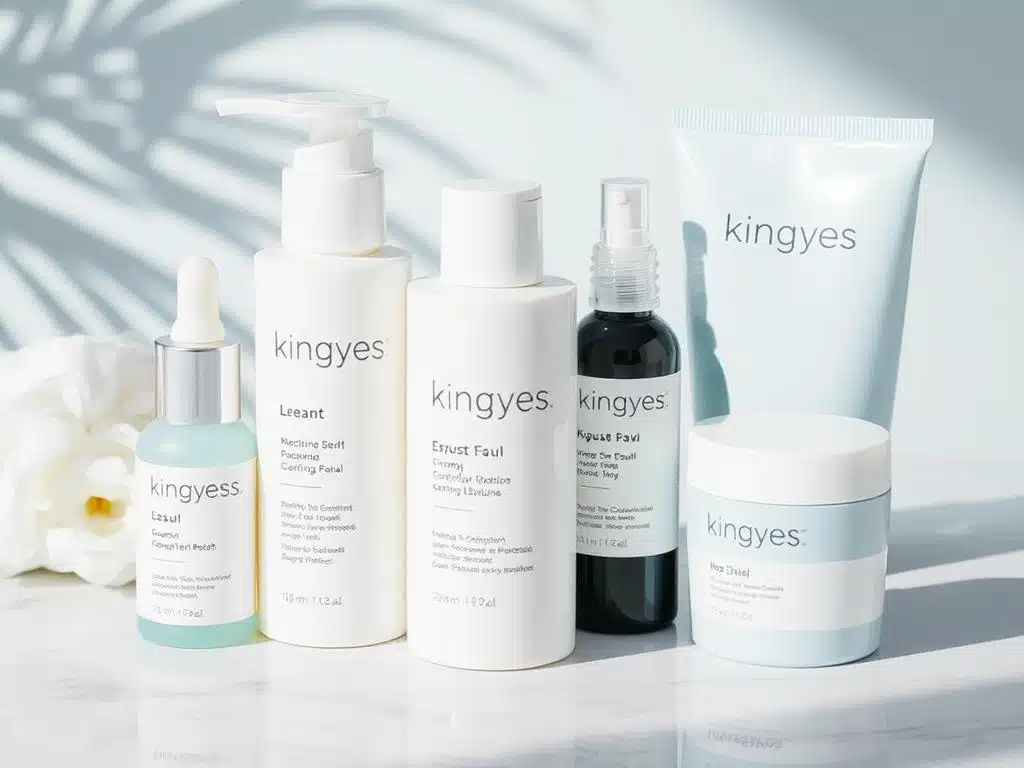
Do You Need a License to Sell Beauty Products?
So, you’ve crafted the perfect beauty product, and you’re ready to share it with the world.

Is Simple Skincare Eco-friendly?
Navigating the world of skincare can be confusing, especially when trying to decipher which brands are genuinely committed to being environmentally friendly.
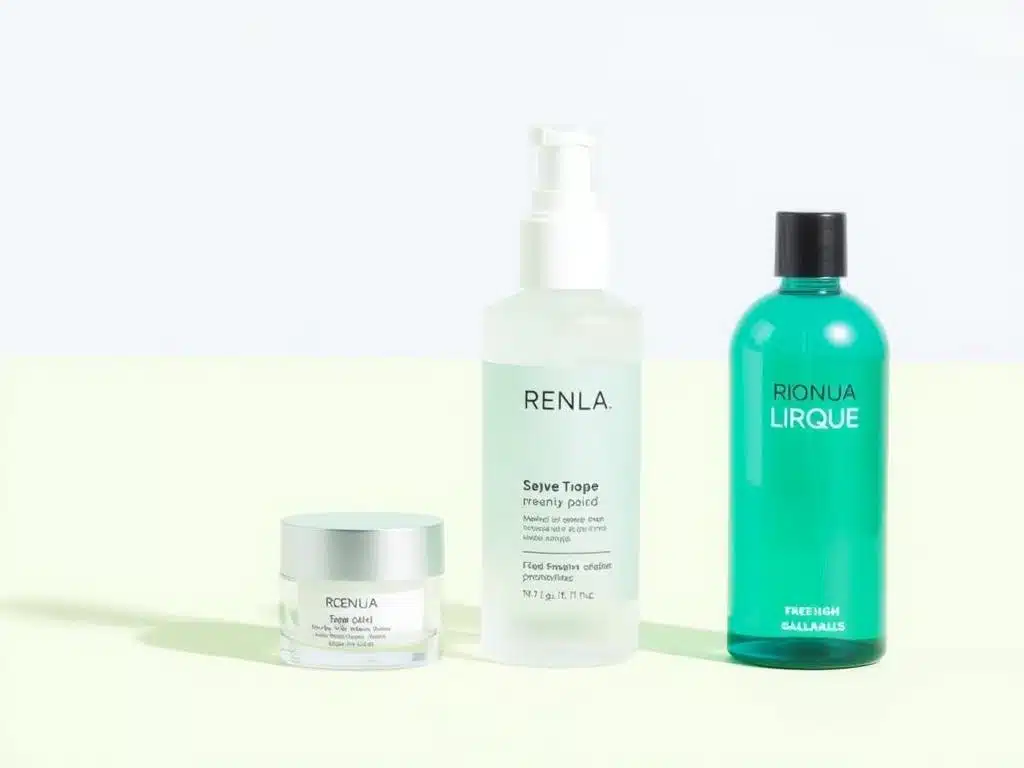
What Are The 3 Examples Of Cosmetic Products?
The world of cosmetics is vast and varied, encompassing a wide array of products designed to enhance beauty, cleanse, and alter the appearance.

How to Use Body Lotion for Supple, Hydrated Skin
Want to know the best way to use body lotion for soft, glowing skin?
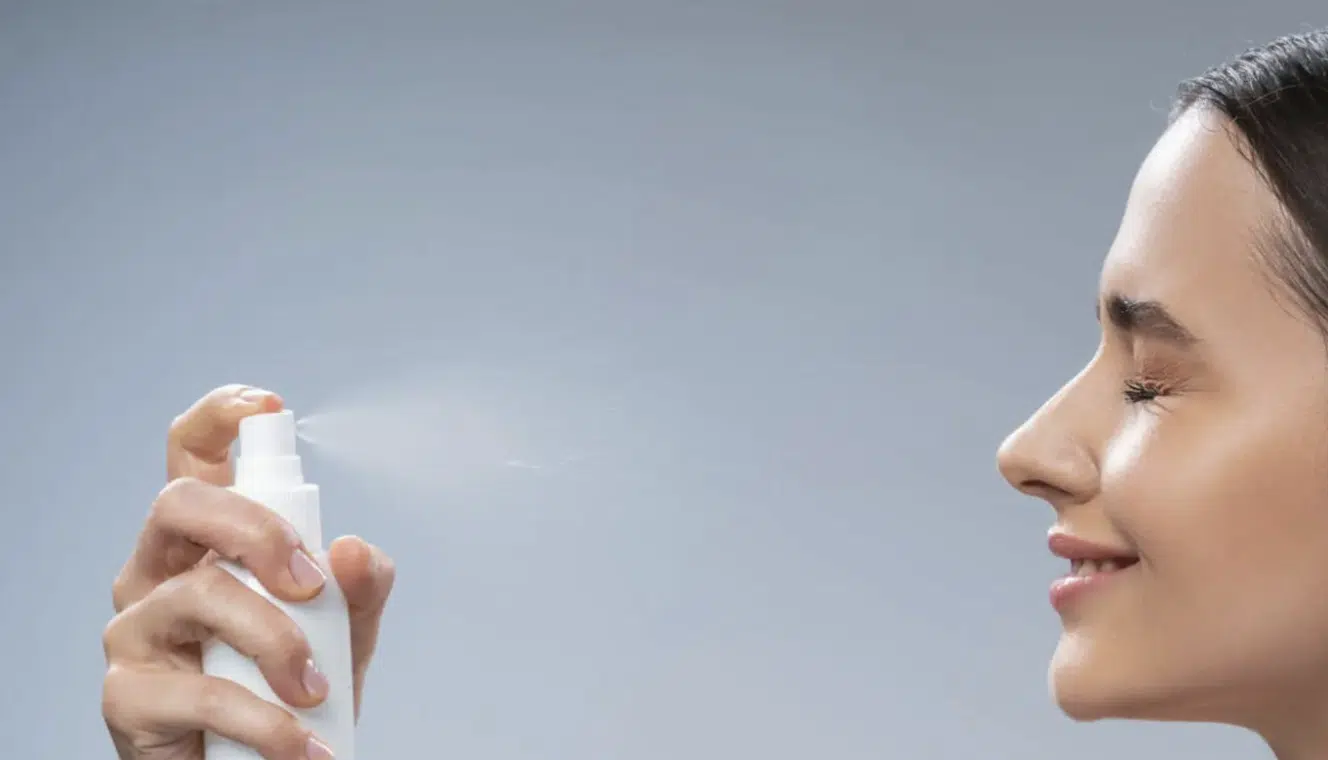
Do You Set Before Or After Setting Spray?
The world of makeup is filled with tips, tricks, and techniques to achieve a flawless, long-lasting makeup look.
- +86 151 1839 7303
- [email protected]
- Mon-Sun 07:00-23:00
Tags
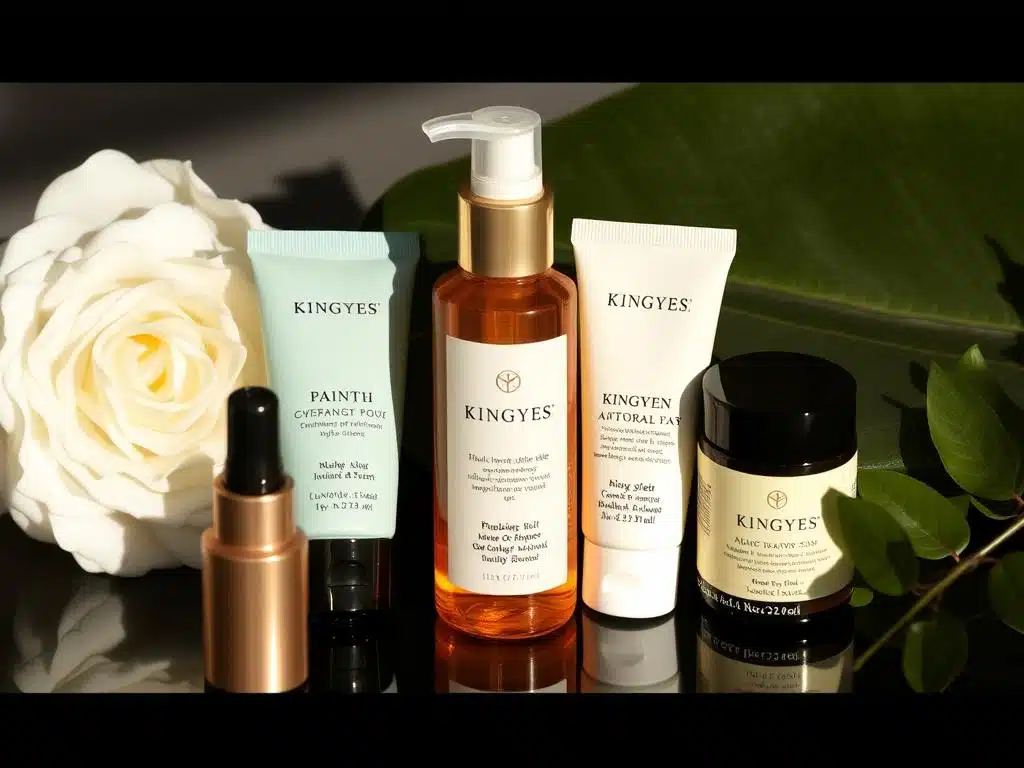
How To Sell Cosmetics On WeChat?
Are you ready to tap into the world’s largest beauty market?

How To Sell Cosmetics On Shopee?
Looking to sell cosmetics and tap into the booming e-commerce market of Southeast Asia?
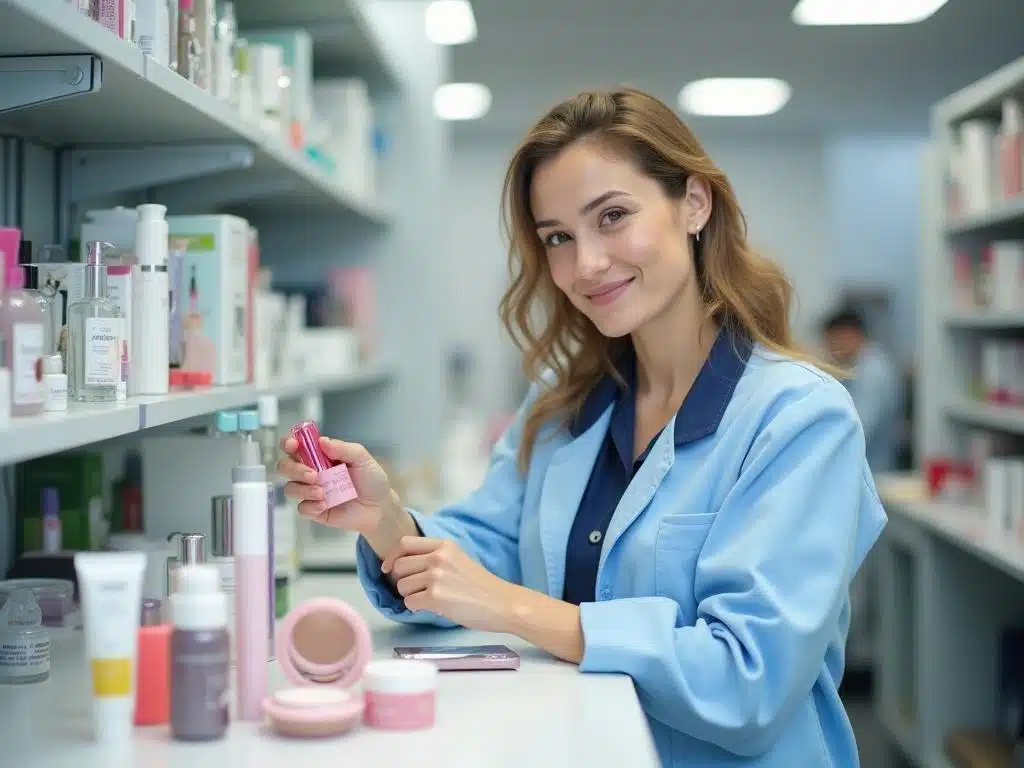
How To Cooperate With Cosmetics Factories?
In the dynamic and competitive beauty industry, partnering with the right cosmetic manufacturer is paramount to the success of your cosmetics business.

